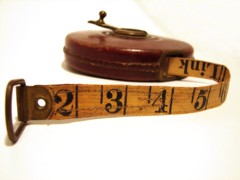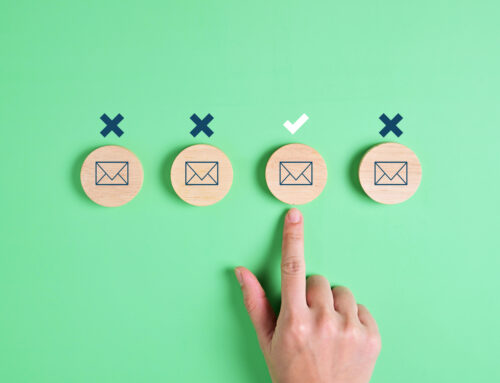 I see three trends that mean your nonprofit’s email newsletters should be shorter than they probably are now.
I see three trends that mean your nonprofit’s email newsletters should be shorter than they probably are now.
1. Inbox Zero. It’s the latest nirvana. People are attending seminars on how to empty their inboxes and keep them that way. Merlin Mann has built an online empire around the concept and even did an hour-long workshop for Google staff on it. They run one of the world’s largest email services and even they want Inbox Zero!
What It Means for You: People are going through their inboxes Fast. They want to delete your message because it gets them closer to empty inbox bliss. That means your content (starting with your subject line) has to be right on target. Super relevant. If not, it’s gone.
How do you know what’s relevant to your readers? Ask them! Online survey tools like SurveyMonkey are free or cheap and very easy to use. Keep your surveys very focused and short (just a few questions) and offer an incentive, if you can, for completing them. Many email newsletter services also have surveying tools built into their packages, so check with your provider. You can also identify trends in your readers’ interests by tracking which links they are clicking on in your newsletters and on your website.
Need some help with your email newsletter subject lines? See Best Email Subject Lines for Nonprofit Email Newsletters.
2. More Time on Social Media than Email. A new study released by Nielsen says that people now spend more time on social networking sites and blogging than they do on email.
What It Means for You: People like two-way conversation and interactivity. All those “FYI” emails nonprofits send are just plain boring in comparison. Jazz up the great info you want to share with links to photos and video where people can leave comments, survey your readers, and find other ways to integrate some action into your emails.
Think hard about ways to include more calls to action in your newsletters. Even if you really just want to educate people or share information, what are people supposed to do with this knowledge? Can you take them to the next step, whatever that may be? Of course, that will often be donating to your organization or volunteering for your cause in some way, but try to think more creatively about other ways your newsletter readers can interact not only with your staff, but with other supporters too.
3. “E-Newsletters Are a Waste of Time.” You probably read how Thomas Gensemer of the Obama email marketing team proclaimed that nonprofit e-newsletters are a waste of time. If not, read all about it here and here and in a zillion posts by bloggers who jumped on the bandwagon.
What he actually said was that nonprofits should send shorter emails (think 250 words) with clear directions for participation. But many have taken this to the extreme, saying that nonprofit e-newsletters should die.
What It Means for You: No, you shouldn’t drop your e-newsletter. But what you should do is transform it. If you are moving from print to email, you are already going through a major transition in form, so why not overhaul the content too? Here are some tips on starting an email campaign or e-newsletter from scratch.
This is what Gensemer said that nonprofits should really listen to: supply a “steady narrative of actions, feedback and milestones.”
He also spoke of the value in creating a “new sense of transparency” among supporters about where their money was going. That’s what you should be after too, whether you call your email program an e-newsletter, an action alert, or whatever — but please don’t call it a blast – no one wants to be blasted!






